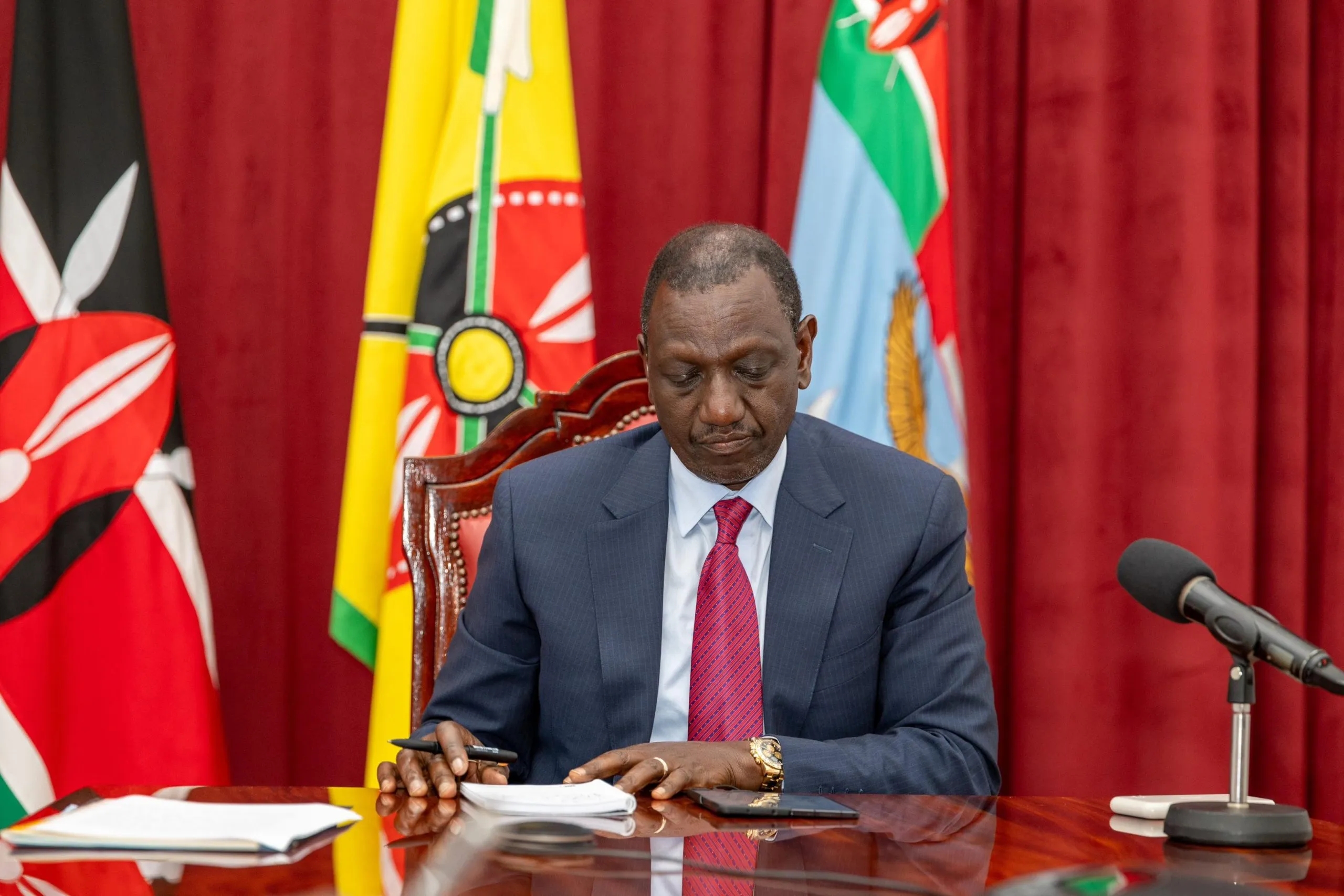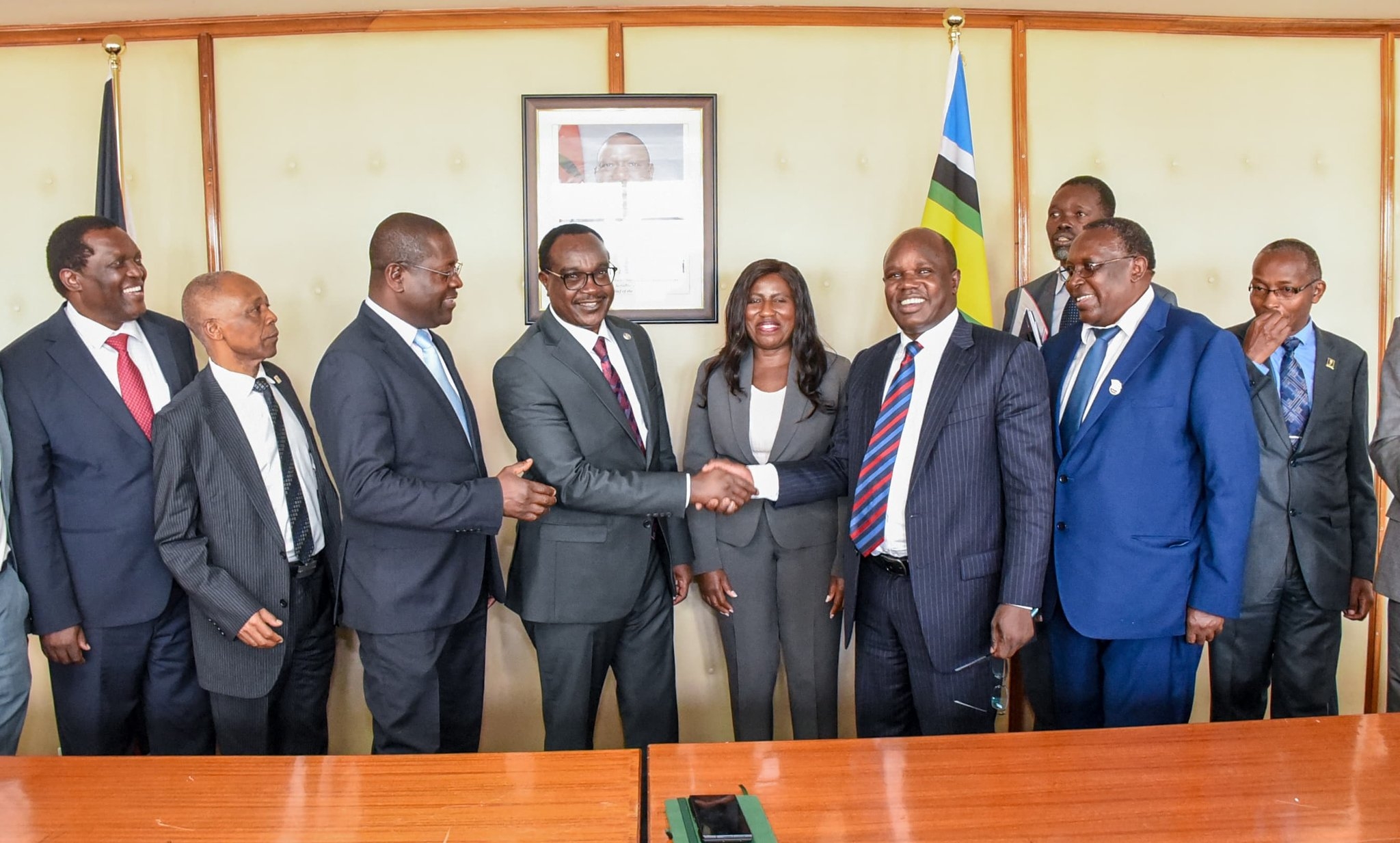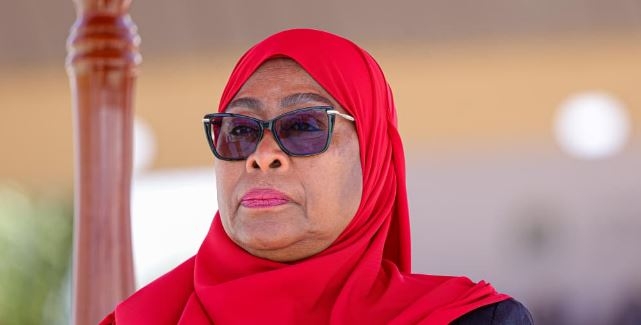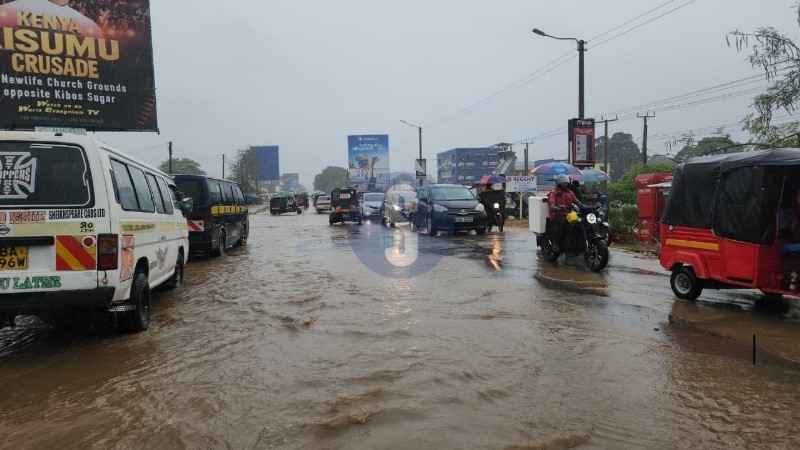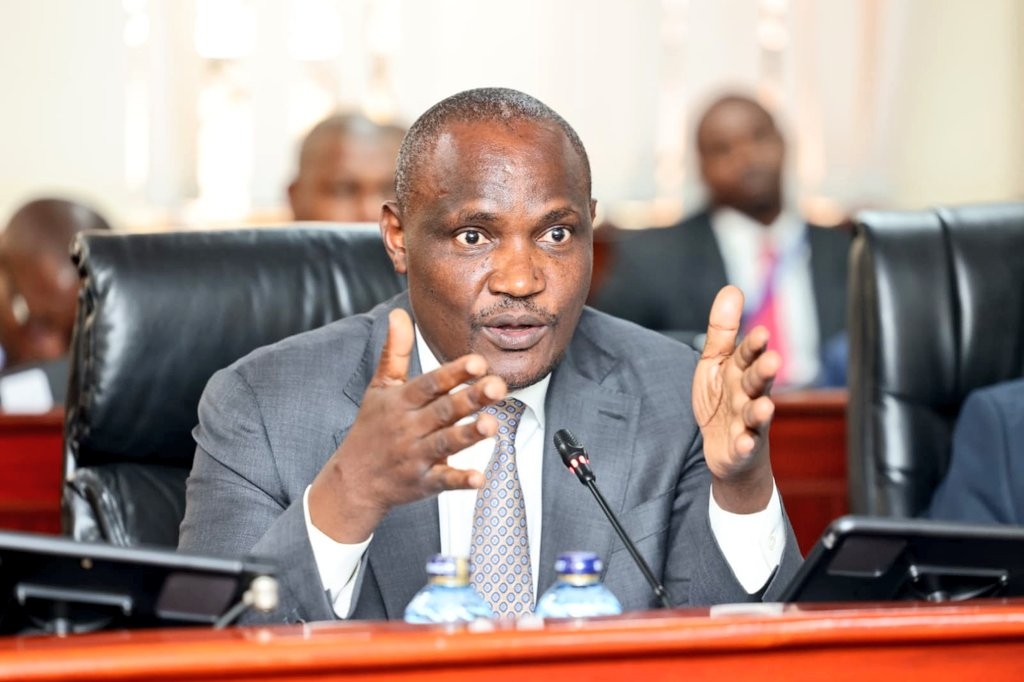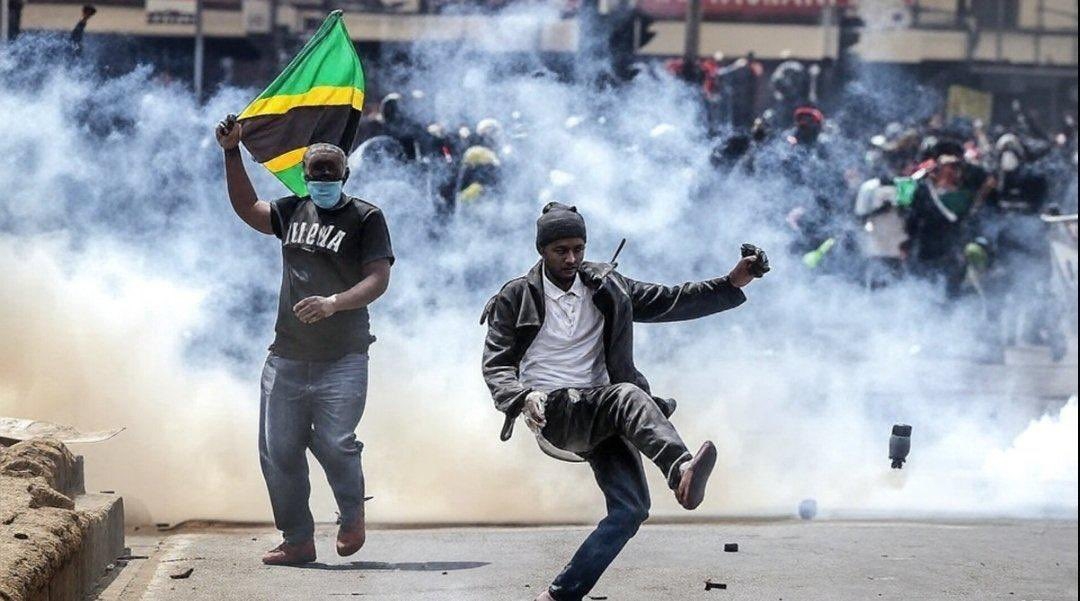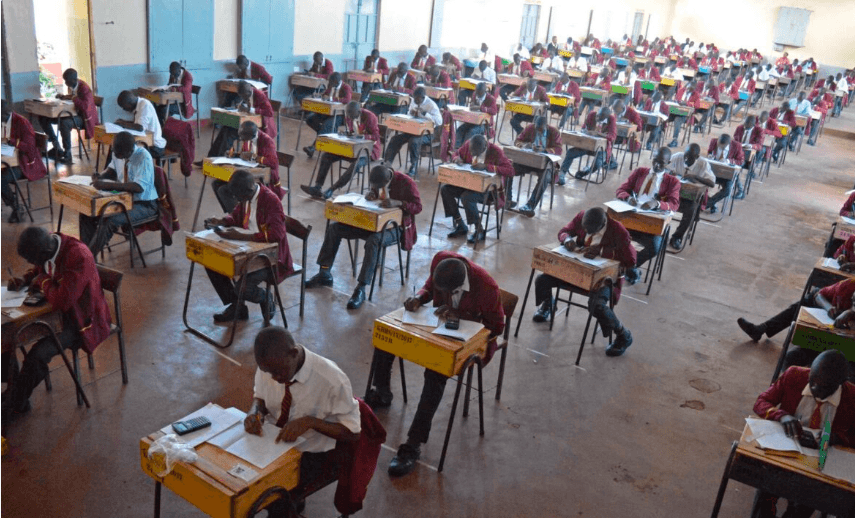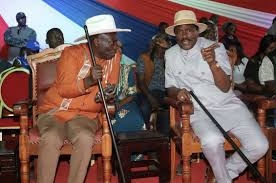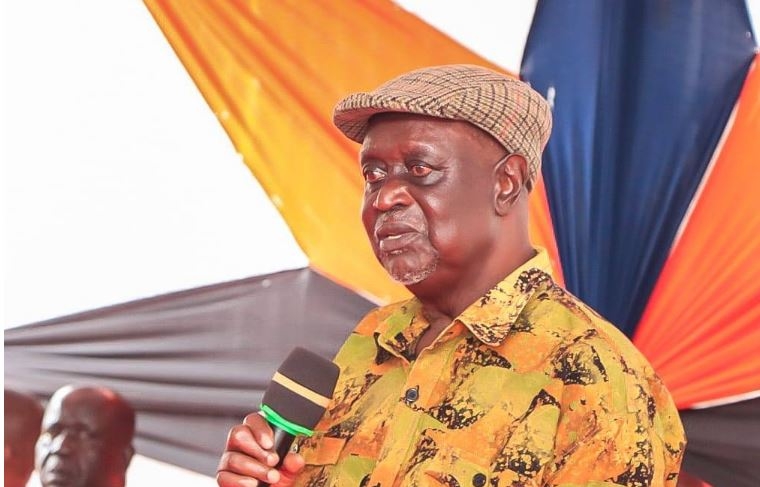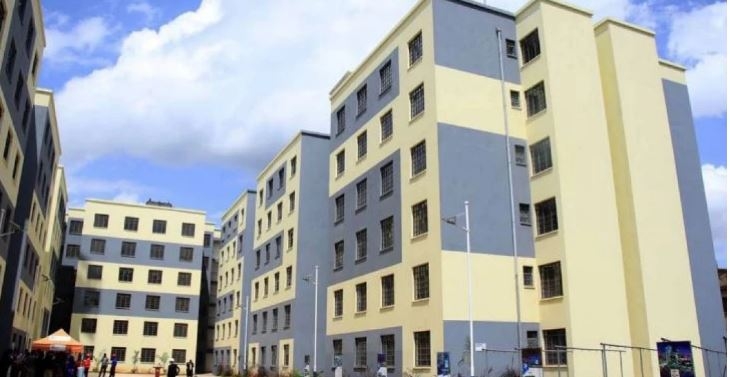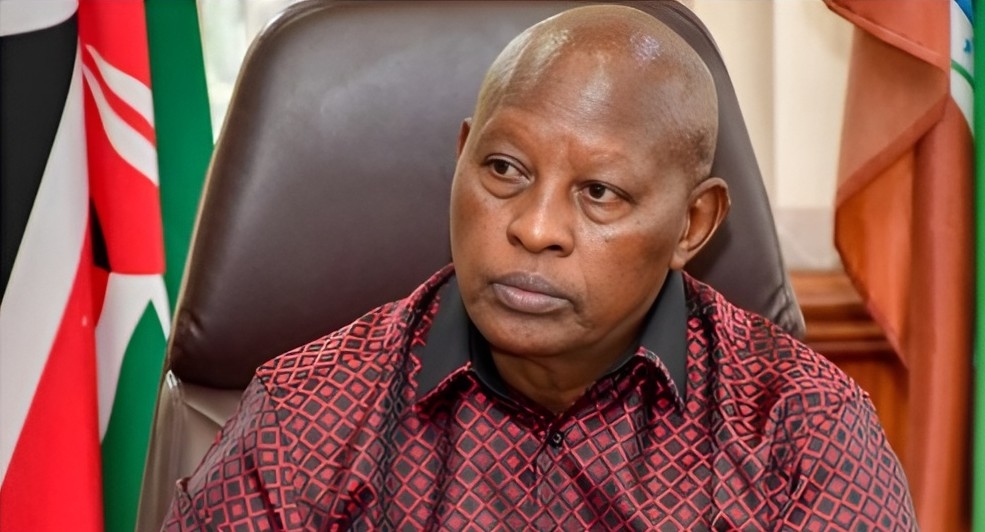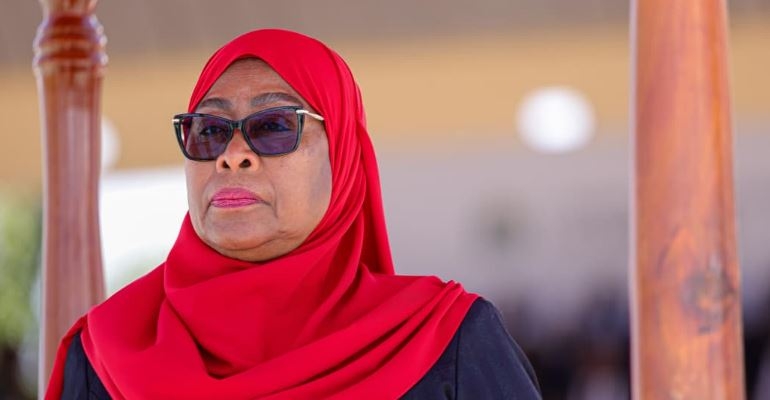Grevy’s zebra is one of Africa’s most endangered large mammals and is currently categorised as endangered by the International Union for Conservation of Nature.
It is listed in CITES Appendix I.
The species has undergone one of the most substantial reductions in range of any land mammal, declining from an estimated 15,000 individuals in the 1970s to 3,042 in 2018, an 80 per cent decline in four decades.
On Saturday morning, participants and conservationists will start early in the morning to survey their designated areas and record data on all the Grevy’s zebras observed throughout the day.
In the evening they will enjoy a sundowner with a view of the beautiful landscape and prepare for day two of the survey.
On Sunday, all teams will survey their areas to collect the Grevy’s zebra data for the second consecutive day.
The teams will then return and share their results on Monday.
The Great Grevy’s Rally organising committee comprises Batuk, Grevy’s Zebra Trust, Kenya Wildlife Service, Laikipia Forum, Lewa Wildlife Conservancy, Marwell Wildlife, Mpala Research Centre, Northern Rangelands Trust, Princeton University, Samburu Trust, Saint Louis Zoo and Wildlife Direct.
Environment and Science reporter GILBERT KOECH spoke to Grevy’s Zebra Trust director of research and impact Dr David Kimiti about the rally.
What is the significance of the Grevy’s zebra rally to the survival of this species?
Counting Grevy’s zebra has always proved challenging. Traditional aerial counts are ineffective as detection can be problematic when animals shade under trees in the heat of the day, and differentiation with plains zebras in areas where their range overlaps can be difficult. The most reliable way to count Grevy’s zebra is through photographic recording of Grevy’s zebra, using individual unique stripe patterns on each animal like fingerprints for identification, with statistical formulas helping to derive more accurate population estimates. The Great Grevy’s Rally is a two-day photographic census to monitor the status and health of the endangered and iconic Grevy’s zebra in northern and central Kenya, where over 90 per cent of the global population is found.
Which are the areas where the rally will be undertaken and why?
The rally will be carried out in Laikipia, Samburu, Meru, Isiolo, and Marsabit counties, which together host more than 90 per cent of the global population of Grevy’s Zebra. There are other pockets of population in Tsavo, Naivasha and Garissa but these will not be surveyed at this time.
What are some of the challenges facing this species?
The species’s initial decline started in the late 1970s, driven primarily by rampant and unregulated hunting. More recently, other threats and challenges have continued to push the already small population downward. The key ongoing threats to the species include habitat degradation, competition for resources with livestock, reduction of water sources and restricted access to water, habitat conversion and loss (including large-scale infrastructure development), human conflict, insecurity and migration, small population sizes, hunting, disease and predation. The key limitation on Grevy’s zebra recovery in northern Kenya is the availability of water and healthy rangelands that provide the quality of habitat that the species needs.
Which part of the country hosts most of this species?
The five counties from Northern Kenya mentioned earlier (Laikipia, Samburu, Marsabit, Isiolo and Meru) together host an estimated 98 per cent of Kenya’s Grevy’s zebra.
What are your expectations bearing in mind that there was a harsh drought that affected most of the wildlife?
The two years of drought are likely to have prevented the population from growing significantly. However, 2023 saw some good rains across the entire Grevy’s zebra range. As such, we expect to see a stabilising population, with many foals and pregnant females recorded during the survey. Due to the rains, we expect to see most of the Grevy’s zebra in the community conservancies where predator numbers are likely lower.
What is the significance of citizen scientists to the survival of some of the wildlife species in the country?
Citizen scientists in general are critical to providing sightings information as well as information on threats and mortalities to wildlife managers across the country. There are multiple platforms that allow citizen scientists to record their data through their mobile phones using such simple tools as Survey123. One of our infrastructure projects at the Grevy’s Zebra Trust is the Northern Kenya Road Watch, which uses citizen scientists to record road kills across the A2 and other roads in the Grevy’s zebra range.
In recent years, there have been reports that some people have resorted to slaughtering donkeys to satisfy the increasing demand for meat. Do we have similar reports on Grevy’s sebras?
While these reports have reached us, and we have recorded several incidents of poaching for subsistence meat in parts of our area of operation, we do not have critical bio assessments of meat in consumer outlets to definitively identify where Grevy’s zebra meat is being used commercially.
When was the last time Grevy’s zebra rally was undertaken and what were the results?
The last GGR was carried out in 2020 but it was suspended due to drought conditions and the dire state of animals across the country. Unfortunately, we continue facing challenges with funding for the analysis of these images. Previous rallies relied on a system that analysed the rally dataset as a one-off – this was extremely time-consuming as all the zebras had to be entered as new animals, and it meant that we could not compare data between years. Additionally, funding constraints and personnel changes at our primary analysis partner meant that the images could not be processed and analysed. We do not want to repeat this and are therefore planning to invest in developing the existing software so that it can handle large amounts of data for this and future rallies and be based entirely in-country with a data manager employed from Kenya.



